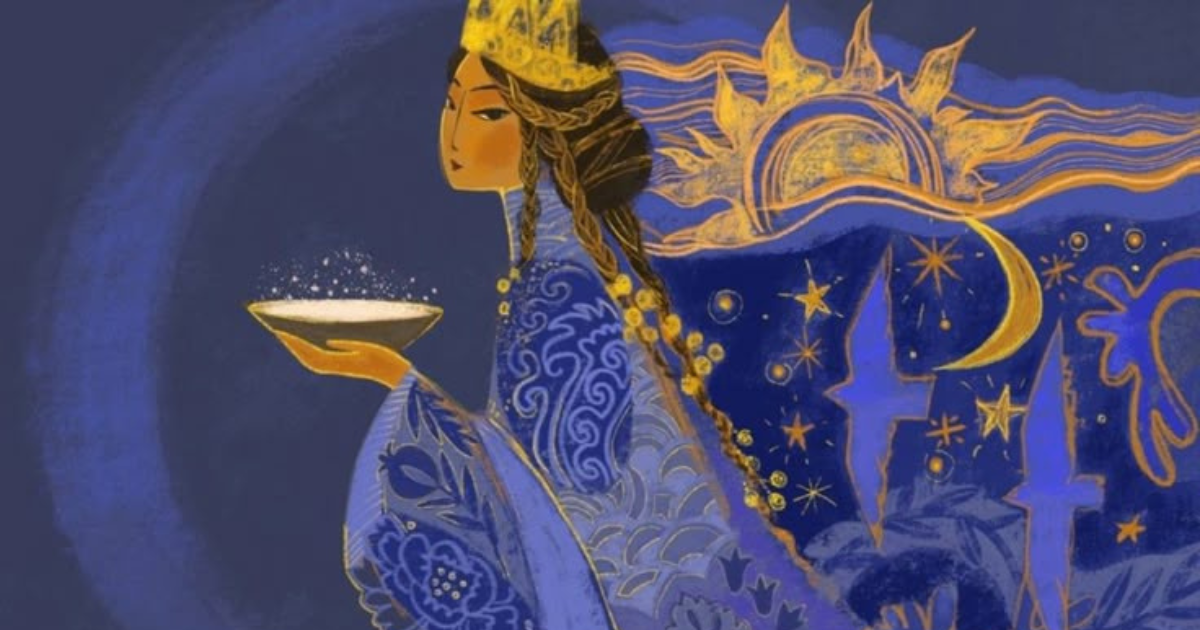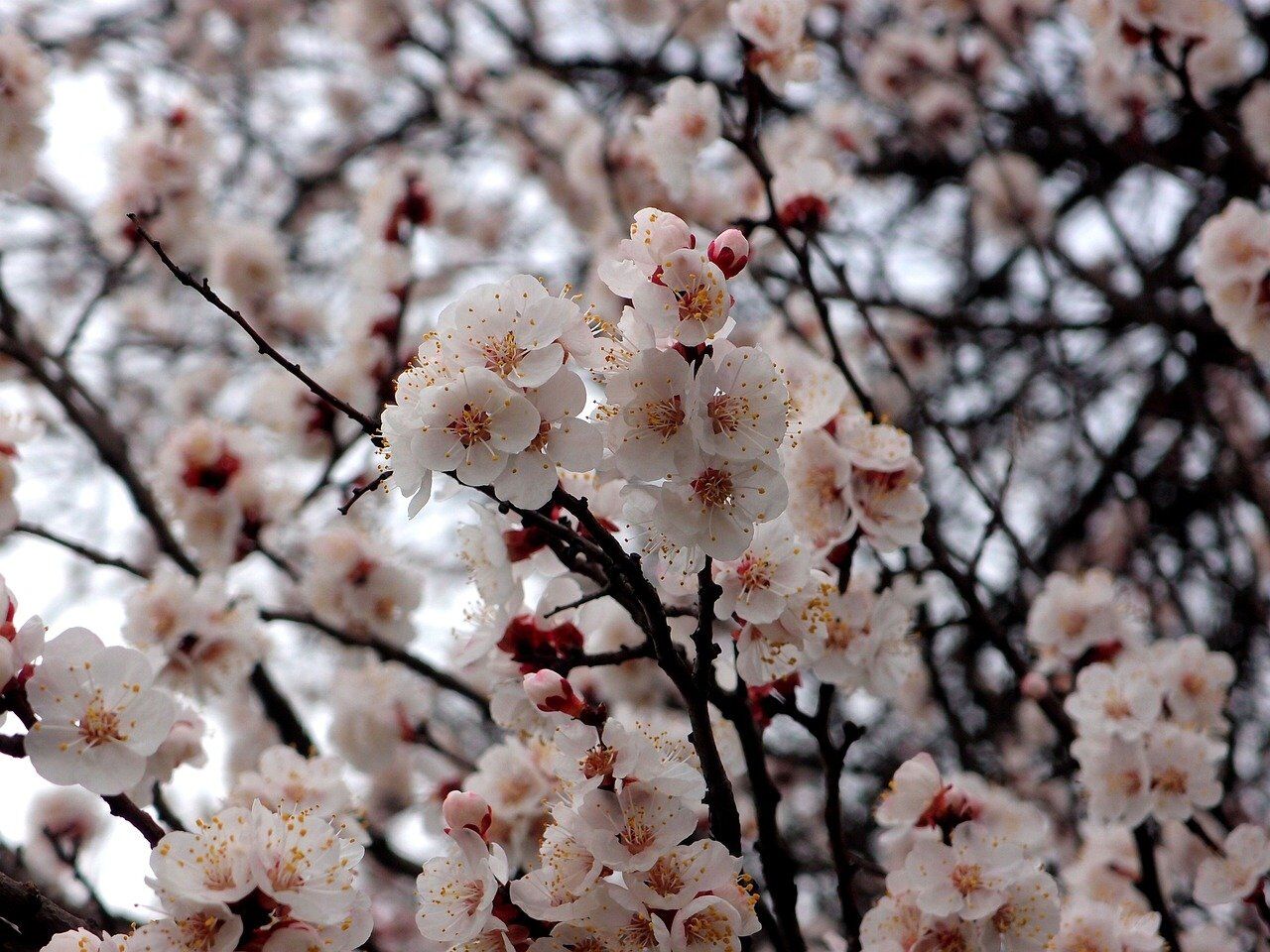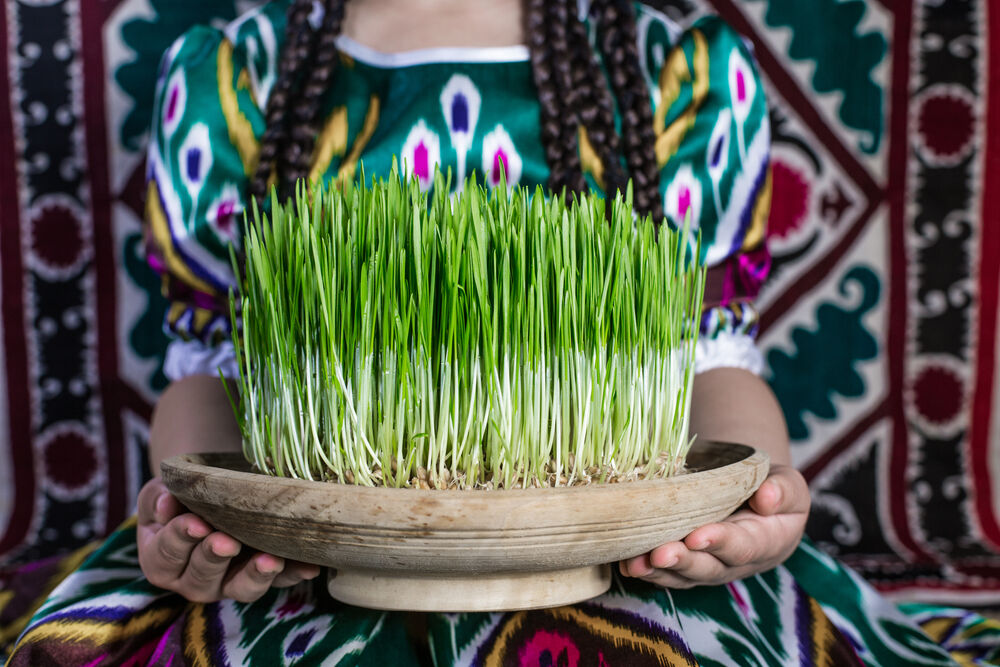Navruz: from its origins to modern times
The main holiday of the ancient East

Navruz is the festival of the spring equinox that has rightfully become one of the most important symbols of the arrival of spring. This day is not only associated with vibrant celebrations but also with the blooming of apricot trees, the greening of hills, and the anticipation of joyful changes.
The significance of Navruz is truly profound: with its centuries-old history, it has become an inseparable part of life for every Uzbek.
The history of Navruz
Navruz is one of the rare ancient holidays that has survived almost unchanged through the centuries. While it is commonly believed to be a Zoroastrian holiday, some scholars argue that its roots go even deeper, dating back to the time when writing itself was just emerging. The name “Navruz” comes from Persian, meaning "new day". It is celebrated on the spring equinox, marking the start of the new year in the ancient astronomical solar calendar.
In 2009, Navruz was inscribed on UNESCO’s List of Intangible Cultural Heritage, and in 2010, the United Nations officially recognized it as an international holiday. Today, Navruz is celebrated in many Eastern countries around the world. Each culture honors the equinox differently, but the core meaning of the festival remains the same everywhere.

The profound meaning of Navruz
As one of the oldest celebrations on Earth, Navruz carries profound social significance. Through legends and traditions, it reminds people of essential human values: kindness, unity with nature and others, gratitude, and generosity.
Navruz is also one of the great archetypes of the East. An archetype is a universal image embedded in collective human consciousness. The central meaning of Navruz is deeply tied to the eternal cycle of life: winter gives way to spring, death to new life, hardships to hope – an endless loop. This narrative resonates with people across time, as it reflects not only the world's broader history but also the personal journey of every individual.

Legends, symbolism, and traditions
Many beautiful legends are describing the origins of Navruz. One of the most well-known was recorded in Shahnameh, the Persian epic. The tale speaks of Shah Jamshid, a wise and just ruler of ancient Persia.
One day, Jamshid embarked on a long journey to uncover the secrets of the universe and improve the lives of his people. He wandered for many years until he climbed a sacred mountain, where a profound truth was revealed to him: for the world to remain in harmony, spring must be welcomed as a time of renewal, purification, and joy. On this day, people must leave their sorrows behind, cleanse their hearts, and look to the future with hope.
Upon returning to his kingdom, Jamshid ordered homes to be decorated, trees to be planted, and fires to be lit in honor of the sun and moon. He decreed that, on this special day, people must forgive past grievances, visit relatives, help those in need, and promise to live the next year better than the last. From that moment on, peace and prosperity flourished throughout the ruler’s lands, and Navruz became a celebration marked every year, carrying its message of renewal and hope across generations.

Navruz is incomplete without its two main symbols: wheat sprouts and sumalak. Both hold deep meaning, and many legends surround their origins.
One of the most well-known stories tells of a harsh winter that once struck a village. Crops were destroyed, and famine spread. As spring approached, people lost all hope. One day, a woman searching for food for her children noticed that beneath the snow, wheat sprouts had begun to grow. She gathered her neighbors, and together they collected the sprouts, soaked them in water, and decided to cook them.
They boiled the wheat through the night, and in the morning, when the villagers tasted the dish, they felt a surge of strength. One woman found a small stone in her bowl, which had accidentally fallen into the pot. She made a wish, believing that the stone had absorbed all misfortune. From that moment on, the village never suffered from famine again.
This is said to be the origin of the sumalak tradition. To this day, a small stone is added to the dish, and whoever finds it in their bowl must make a wish – it is believed that it will certainly come true.
The ELLE O’zbekiston editorial team congratulates all our readers on Navruz. May this new season bring you prosperity, happiness, and new achievements!


